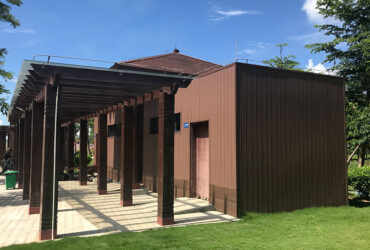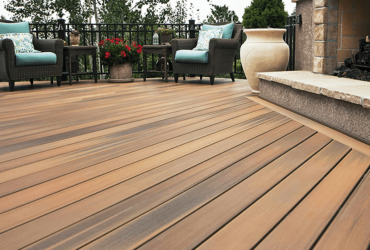Development Research of Wood-Plastic Composite Materials
1) Reduce the density of wood-plastic composite materials
Wood-plastic solid composite material has a high density, which is 2-4 times that of ordinary wood.By changing solid wood-plastic composite materials to hollow wood-plastic composite materials, 40%-70% of materials can be saved, and the physical properties of wood-plastic composite materials can be maintained through product structure design.
2) Application of micro-foaming technology
Foaming additives are added during the production process of wood-plastic composite materials to generate micro-foamed wood-plastic products.It can also reduce the density of wood-plastic composites. Micro-foamed wood-plastic composites can save 50% of materials. The strength of micro-foamed wood-plastic composites can be enhanced through the composition and cross-section design of wood-plastic powder.

3) Add new materials to wood plastic raw materials
Adding glass fiber, nanomaterials, etc. to wood-plastic raw materials can enhance various physical properties of wood-plastic composites, improve shortcomings such as poor impact resistance of wood-plastic composites, and meet the needs of various engineering environments through continuous innovation.
4) Development of new processing techniques
From the simple extrusion process, we have developed composite extrusion and wrapped extrusion processes, which can add new material layers to wood-plastic products.Such as metal layer, glass fiber layer, veneer layer, wear-resistant plastic layer, etc., which can effectively improve the physical properties of wood-plastic composite materials and broaden the application fields of materials.

5) Application of additives for wood-plastic composite materials
Adding different additives (antifungal agents, anti-aging agents, fire retardants and wear-resistant agents, etc.) to wood-plastic composite materials can give them different physical and chemical properties, which are incomparable to ordinary wood, plastic and metal materials.
6) Standardize the source of raw materials
Different woods and plastics must be clearly classified, and wood-plastic raw materials should be produced according to fixed formulas, so that the performance of wood-plastic composite materials will not be unstable due to inconsistent composition of wood-plastic raw materials.






